Cape Sundews dying?
mcantrell
15 years ago
Related Stories
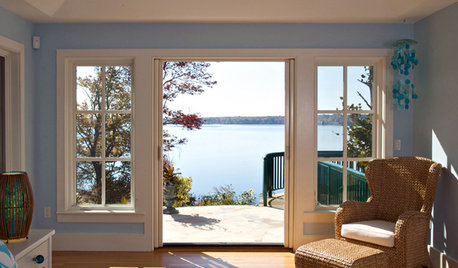
HOUZZ TOURSHouzz Tour: Cozy and Playful in Cape Cod
Casual comfort meets whimsical architectural features in this Massachusetts vacation home with eye-popping views
Full Story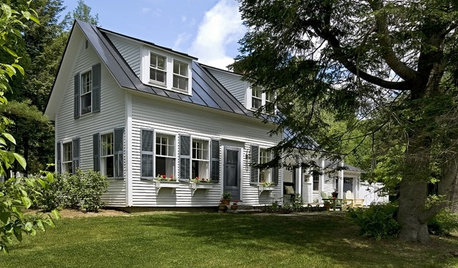
HOUZZ TOURSHouzz Tour: Beautiful, Hardworking Cape Renovation
An 1820s home gets new life with beloved collections, new storage solutions and lots of natural light
Full Story
MODERN HOMESHouzz Tour: Cape Cod’s Midcentury Modern Tradition Comes to Life
A new home nestled in the Cape Cod National Seashore area balances architectural history and modern technology
Full Story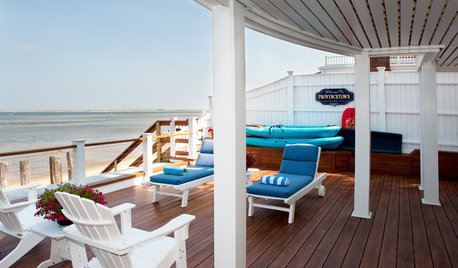
HOUZZ TOURSMy Houzz: A Summer Beach House Charms and Welcomes
An expansive, thoughtful renovation transforms a humble 1870s house on Cape Cod into an inviting place for living and entertaining
Full Story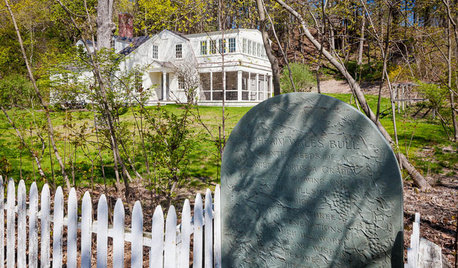
TRADITIONAL HOMESHouzz Tour: Historic Concord Grapevine Cottage’s Charms Restored
This famous property had fallen on hard times, but passionate homeowners lovingly brought it back
Full Story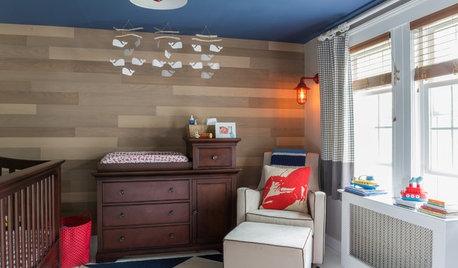
DECORATING GUIDESRoom of the Day: Child Safety at Play in a Nautical-Themed Nursery
A 1-year-old’s room, designed to be safe and to grow with him, nods to his parents’ Cape Cod roots
Full Story
CONTEMPORARY HOMESHouzz Tour: From Anonymous to Outstanding in Georgia
With a striking front porch and a dynamic wood ribbon inside, this Decatur home moves ahead of the curve
Full Story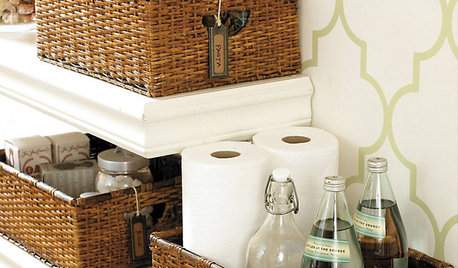
PRODUCT PICKSGuest Picks: Step Up Your Shelf Displays
Stuck in a bookcase rut? Pick from these 21 accessories for eye-catching displays beyond just books
Full Story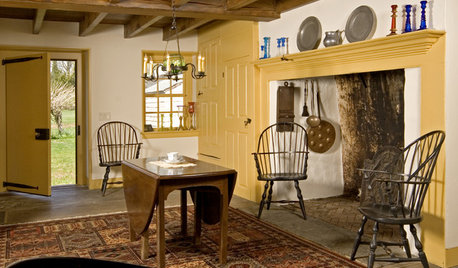
TRADITIONAL ARCHITECTURESo Your Style Is: Early American
The people we know as Pilgrims set the style stage back in 1620
Full Story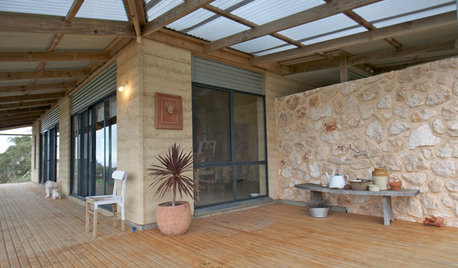
HOUZZ TOURSMy Houzz: A South Australia Home Comes Down to Earth
Rammed-earth walls embrace nature, stand up to harsh coastal conditions and create an indoor-outdoor connection for this artist's home
Full StorySponsored



hiddenjungle
mutant_hybrid
Related Discussions
WANTED: Any cape or king sundews or forked sundews
Q
Victim of my cape sundew
Q
cape sundew dying
Q
Funky Cape sundew growth
Q
hunterkiller03
mcantrellOriginal Author
petiolaris
mcantrellOriginal Author
mcantrellOriginal Author
petiolaris
mcantrellOriginal Author
hunterkiller03
mcantrellOriginal Author